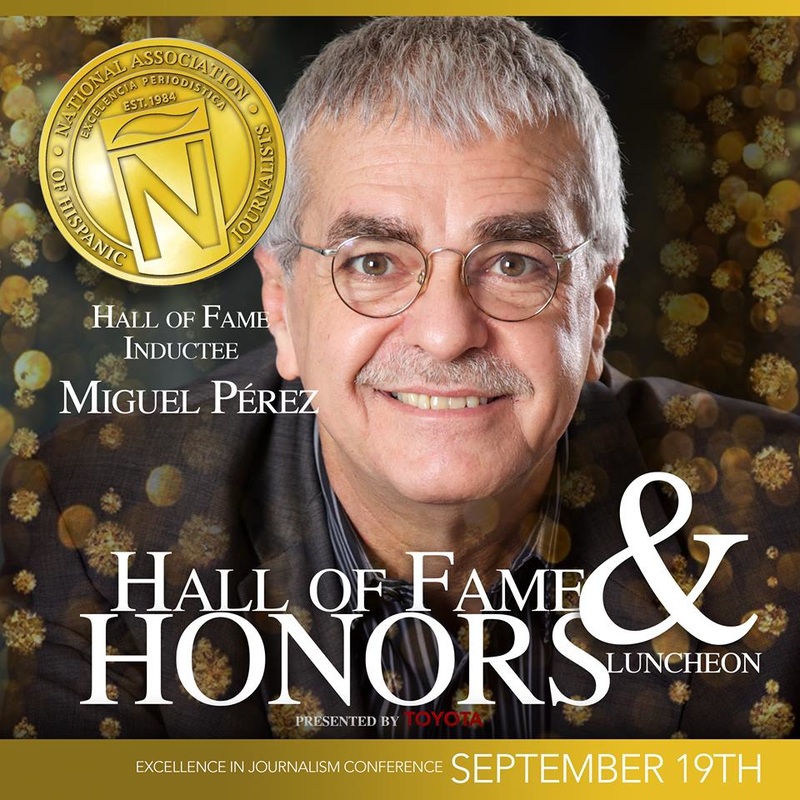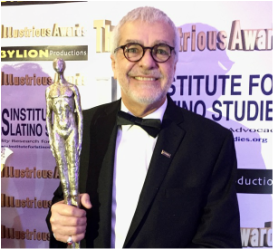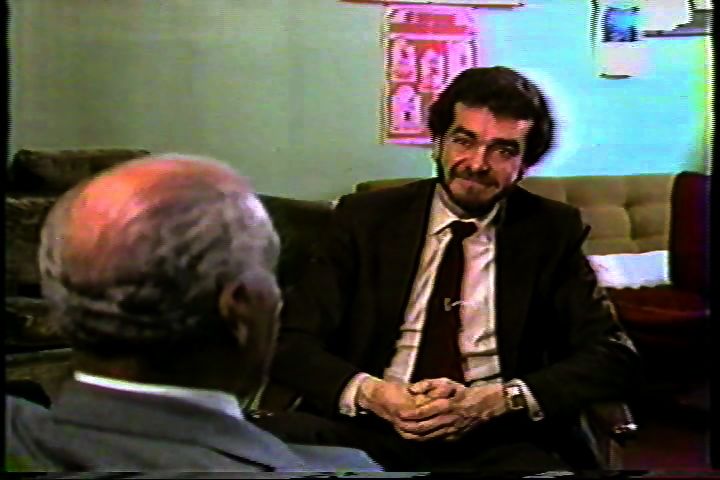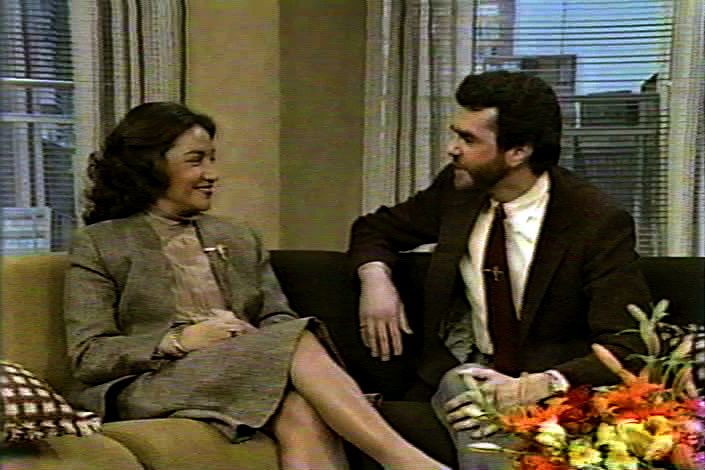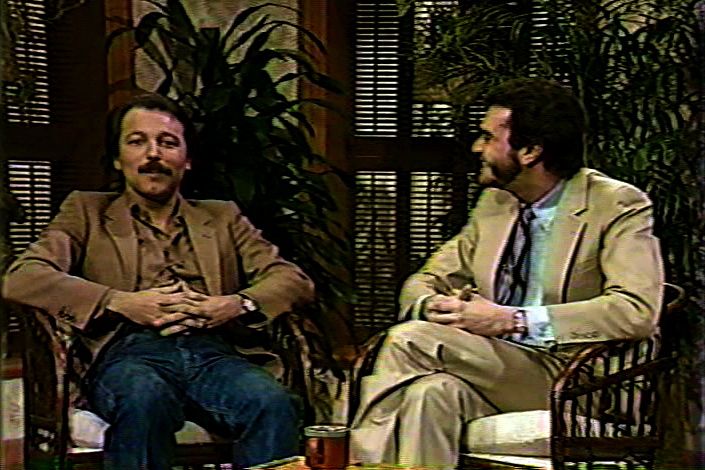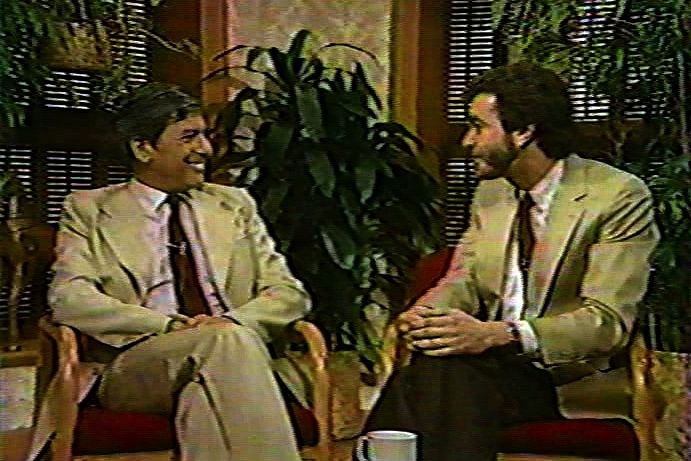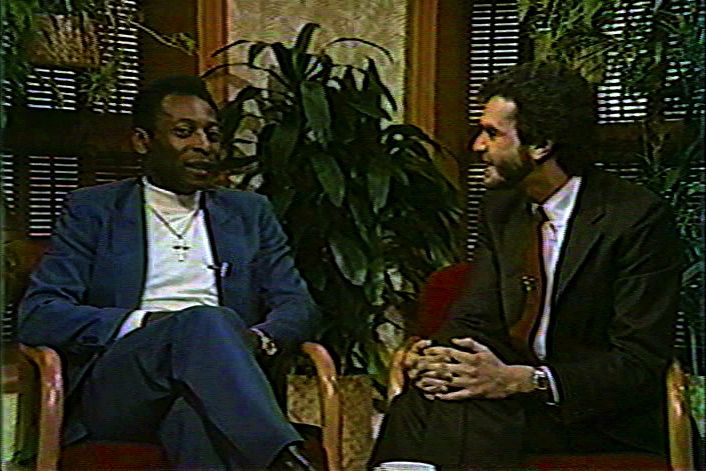|
POPULAR COLUMNS
If I were illegal - 2-15-2010
Loving Fidel is Offensive - 4-17-2012
The Spirit of Ada Merritt -5-15-2012
Shaking Hands With a Tyrant 12/1713
The Latino Clock is Irreversible 08/30/2011
The Conveniently 'Forgotten War' 5/14/13
Venezuelan Democracy Is a Farce 4/30/13
Official English Promotes Ignorance 05/10/11
Cuba's Jose Marti: His Legacy Lives Here 01/26/2010
———>>>>>> MORE COLUMNS
MY TEACHING CAREERON TELEVISION |
'Tiempo' hosts reflect
|
|
|
|
ON THE RADIOON ASSIGNMENTMY STUDENTSCOLLEAGUESCELEBRITIESAWARDSSHARING RESOURCES:List of links created for use in my journalism courses at Lehman College. Now sharing them with everyone! • U.S. Hispanic News • African-American News • U.S. Ethnic Publications • Spanish and Latin American News If you know of any news sites not included in these lists, please send me an email with the url, and I will include them. Thanks! [email protected] |
On Telemundo's Enfoque NY discussing Hispanic Heritage Month and HiddenHispanicHeritage.com
One of the fringe benefits of being a journalist is that sometimes you rub shoulders with greatness!To watch videos, click on photos:
|












